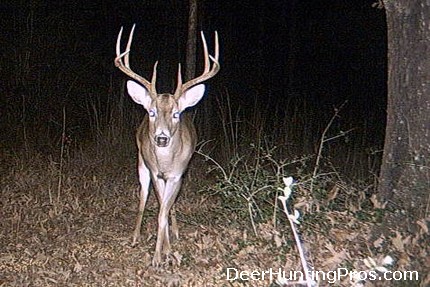There is no doubt that white-tailed deer hunting in the state of Texas is both socially and economically important. The state has taken measures to protect deer found in Texas over the years by limiting movement of animals within the state, potentially slowing or preventing the spread of harmful diseases. Now, the Texas Animal Health Commission (Commission) is currently accepting public comments on a rule proposed at its June 5 meeting to amend Chapter 40, entitled “Chronic Wasting Disease (CWD)”.
The proposed rule will affect certain cervid species and delineates movement restriction zones and other necessary disease management practices related to the control of CWD in far west Texas. CWD has been discovered in mule deer in the Hueco Mountains of southern New Mexico, very near the Texas state line. The potential risk of animals moving back and forth between Texas and New Mexico has raised significant concern among wildlife and animal health officials that the disease is also present in deer living in the Texas portion of the same mountain range. Currently CWD is not known to exist anywhere in Texas, but has been found in 16 other states in free ranging and/or captive cervid herds.

CWD is not known to affect people, but a number of cervid species are susceptible. Besides mule deer, other susceptible species include white-tailed deer, elk, red deer, sika deer and moose. The progressively fatal disease is most commonly exhibited by chronic weight loss, and abnormal behavior such as disorientation. Prions are the infectious agent of CWD, and can be found throughout the body of an infected animal. The prions are present in the body fluids of infected animals, and can be shed onto the soil where they may remain viable and able to infect other susceptible animals for many years. For this reason the proposed TAHC rules apply to land as well as animals within the proposed zones.
The proposed rules are intended to define susceptible species, establish boundaries for a High Risk Zone (HRZ) and Containment Zone (CZ), restrict movement within the zones, establish surveillance systems within the zones, and also address requirements for new or existing herds ability to gain CWD monitored status designations by TAHC. Counties affected by the proposed rules include El Paso, and portions of Hudspeth, Culberson and Reeves in West Texas.
The proposed TAHC rules apply to the non-indigenous species of cervid species of Texas under its jurisdiction including moose, red deer, elk and Sika. The Texas Parks and Wildlife Department (TPWD) is also proposing similar rules for the cervid species it regulates (indigenous to Texas), including white-tailed deer and mule deer. Deer populations and deer hunting can be impacted in several ways. One would be the limitation of the movement of deer. Another would be the transfer of infected deer around the state. Let them know what you think!